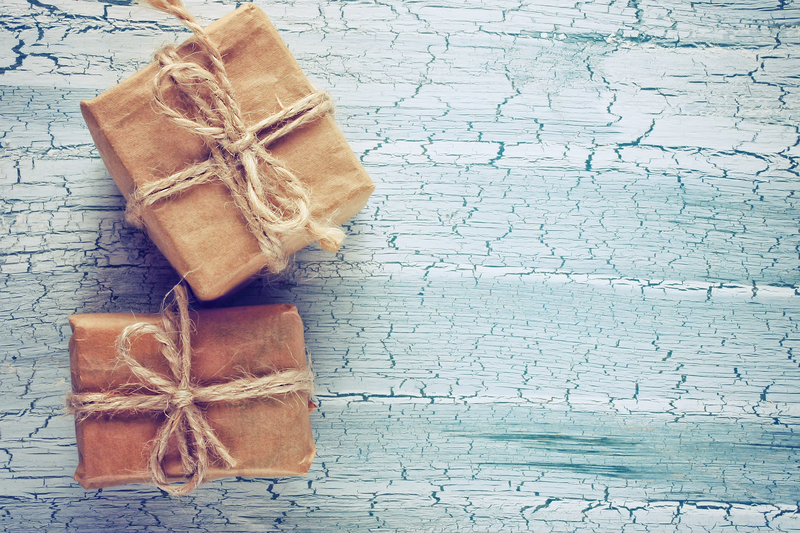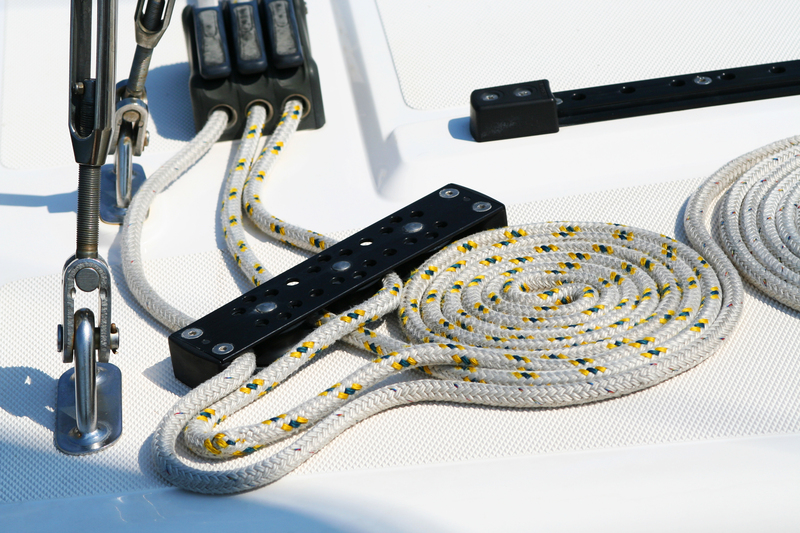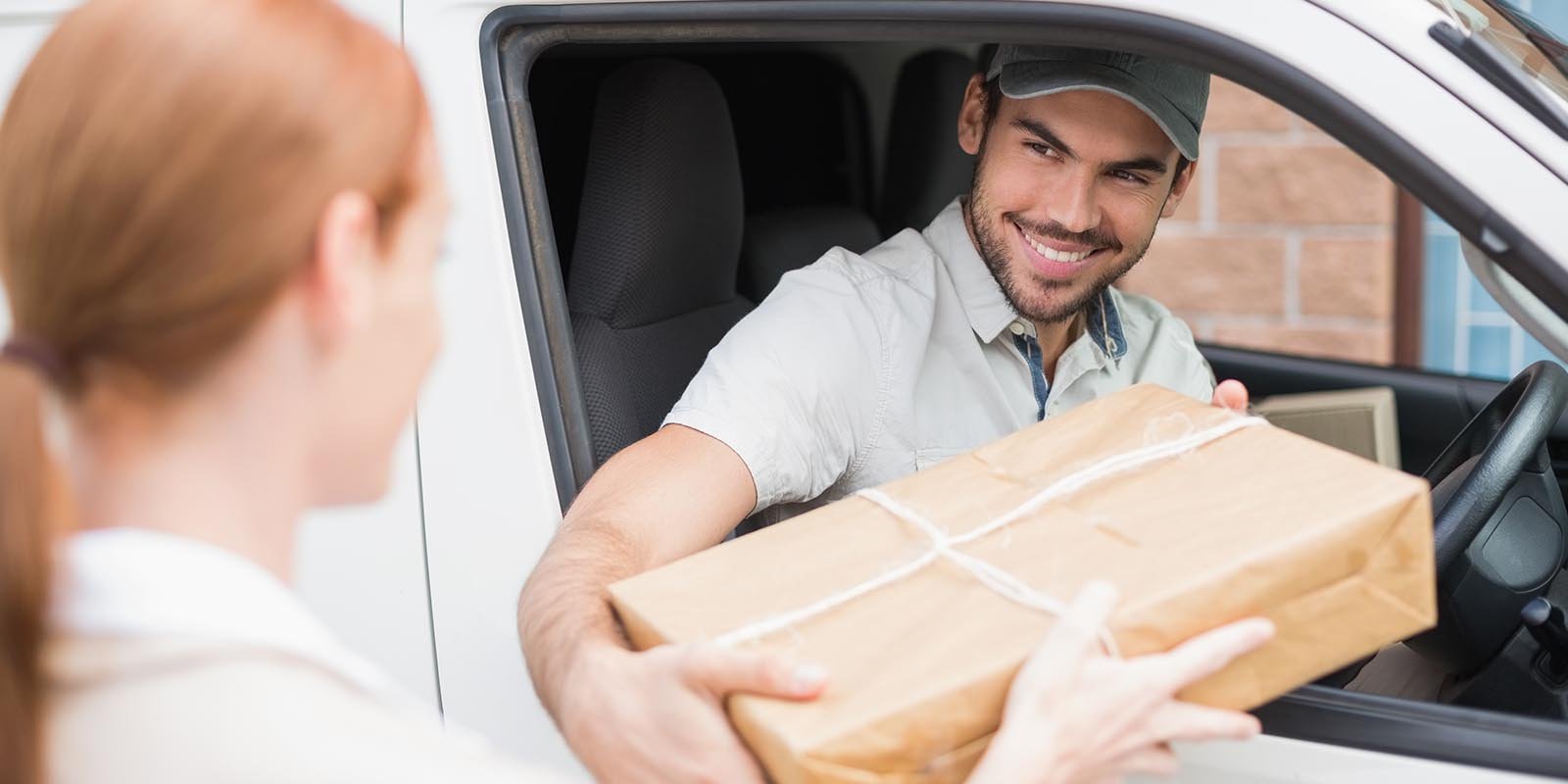Simplifying House Moves with Efficient Packing
Posted on 02/06/2025
Simplifying House Moves with Efficient Packing: Your Ultimate Guide
Moving homes is often considered one of life's most stressful events. But what if you could streamline the process and cut down on the chaos? Efficient packing is the key to simplifying house moves, reducing stress, and ensuring a smooth transition to your new home. In this comprehensive guide, we'll unveil actionable tips, creative strategies, and proven tools to make moving house a more organized and even enjoyable experience.
Why Efficient Packing Matters for a Smooth Move
Packing smart isn't just about saving time; it leads to cost savings, fewer damages, easier unpacking, and an overall better experience. The main keyword here is efficient packing for house moves--and mastering it can turn a dreaded move into an exciting journey.
- Time savings: The right approach speeds up the process
- Cost effectiveness: Fewer boxes and less moving truck space required
- Reduced stress: Well-labeled and tidy boxes make tracking your belongings easier
- Damage prevention: Items packed securely arrive safely
- Effortless unpacking: Organized packing equals quick and systematic unpacking

Planning Your Move: The Foundation of Success
Before you even tape your first box, a solid plan is essential. Streamlining your house move starts with preparation. Here's how you can set yourself up for success:
Create a Moving Checklist
Making a detailed checklist ensures you don't miss critical steps. Divide tasks into weekly milestones starting at least a month before your moving date.
- Sort and declutter rooms
- Gather packing supplies
- Book movers or rent a truck
- Notify utility providers and update your address
Declutter for Simplicity
One surefire way to simplify your house move is to reduce the volume. Sorting items into 'keep', 'donate', 'sell', and 'discard' categories makes packing easier and your new home less cluttered.
Essential Packing Supplies for Moving House Efficiently
Having the right tools at your disposal speeds up the process and increases packing efficiency:
- Strong cardboard boxes (various sizes)
- Packing tape and dispensers
- Bubble wrap and packing paper
- Labels or permanent markers
- Plastic zip ties, bags, or bins
- Moving blankets and mattress covers
Room-By-Room Efficient Packing Strategies
1. Kitchen
Packing your kitchen can be daunting. Begin with rarely-used items (e.g., cake pans, special china), and leave daily essentials for last. Wrap fragile items--such as plates and glasses--individually with bubble wrap or packing paper. Use dish towels or soft clothing for extra padding.
- Stack plates vertically like records to prevent breakage
- Group utensils in zip bags
- Clearly label 'fragile' boxes
2. Living Room
Disassemble electronics and keep all cables and remotes labeled and bagged together. Remove shelves and wrap each piece securely. For furniture, unscrew legs and keep them in marked bags taped to the main item for efficient unpacking later.
3. Bedrooms
Keep clothing on hangers and transfer directly to wardrobe boxes. Utilize suitcases for heavier items such as books. Bedding can double as padding for fragile or awkwardly shaped objects.
4. Bathrooms
Pack toiletries separately in sealed plastic bags to prevent leaks. Dispose of expired medications and empty bottles before placing the essentials in a designated 'first-night' box.
5. Garage and Outdoor Items
Drain all fuel from lawn mowers and garden tools. Organize tools by size and keep sharp items securely wrapped. If you have bikes or sports equipment, use original boxes or secure them with padding to prevent damage during transport.
Advanced Tips to Maximize Packing Efficiency
Label Everything--Be Specific
Detailed labels on boxes, listing not just the room but contents within, make unpacking fast and stress-free. Color-coded labels or tape help even more: assign each room a color and use matching tape for quick box identification.
Use a Numbering System
Number your boxes and keep a master inventory list. This technique ensures nothing gets lost and makes it easier to identify missing items if any box goes astray.
Don't Leave Boxes Half-Empty
Partially filled boxes can collapse or shift. Fill any empty space with soft items like towels, clothing, or packing paper to keep everything snug and secure.
Pack a 'Moving Essentials' Box
Set aside a special box for items you'll need the first night: charger, toilet paper, snacks, clothes, basic toiletry kit, important documents, and any favorite comfort item. This can save you hours of searching after a long moving day.
Heavy Items in Small Boxes, Light Items in Large Boxes
A classic rule of efficient moving, this ensures boxes aren't overloaded, making them easier to lift and less likely to fall apart.
Eco-Friendly Packing: Sustainable Options for Modern Moves
Thinking about the environment while packing for a house move is easier than ever thanks to eco-friendly supplies:
- Rent reusable plastic moving crates instead of boxes
- Use old newspapers, towels, or clothing for padding
- Repurpose cardboard boxes from supermarkets or online deliveries
- Donate or recycle packing materials after your move
How to Stay Organized Before, During, and After the Move
Efficient packing is just one part of a successful house relocation. Staying organized is equally important:
- Communicate: Keep everyone--family members and movers--on the same page with task lists and labels
- Pack systematically: Work through one room at a time
- Keep documents safe: All contracts, IDs, and records should travel with you, not in the moving truck
- Inspect on arrival: Check off inventory as boxes come in
- Unpack essentials first: Set up beds and kitchens before tackling other rooms
Packing-Related Mistakes to Avoid When Moving House
Understanding what not to do is essential for simplifying the moving process:
- Leaving packing until the last minute--causing rushed and disorganized moves
- Packing prohibited or hazardous materials
- Using poor-quality or unsuitable packing materials that fail during transport
- Overfilling boxes so they become unsafe to carry
- Failing to label or inventory boxes properly
How Professional Movers Can Help Simplify Your House Move
If budget permits, hiring professional movers can greatly streamline the packing and moving process. They offer:
- Experienced packing and careful loading
- Specialized supplies and equipment
- Disassembly and reassembly of furniture
- Insurance coverage for peace of mind
- Reduced physical labor and stress
Still, professional services work best when you've already organized, decluttered, and labeled your items in advance.

Efficient Packing FAQs: Answers to Common Moving Questions
When should I start packing for a house move?
Begin at least 4-6 weeks before your moving date, starting with out-of-season items and working toward daily essentials.
How do I pack fragile items for a move?
Wrap each item individually, use plenty of cushioning, and clearly mark boxes as 'fragile'. Place heavier items at the bottom and lighter on top.
What is the most efficient way to pack clothes?
Leave clothes on hangers and place them in wardrobe boxes, or roll up non-hanging clothes to save space.
How can I make unpacking easier?
Label every box with both room and contents, use a colored tape system, and keep a master inventory.
Final Thoughts: Making Your Next House Move Simple and Efficient
Efficient packing is the secret to simplifying your house move--it saves you time, money, and hassle. Whether you're doing it yourself or hiring pros, staying organized, starting early, and using clever packing strategies will guarantee a smoother journey to your new home.
Ready to take on your next move? With these tips for efficient house moving and packing, you're empowered to enjoy a streamlined, stress-free relocation--so you can focus on the excitement of settling into your fresh new space!


.jpg)




